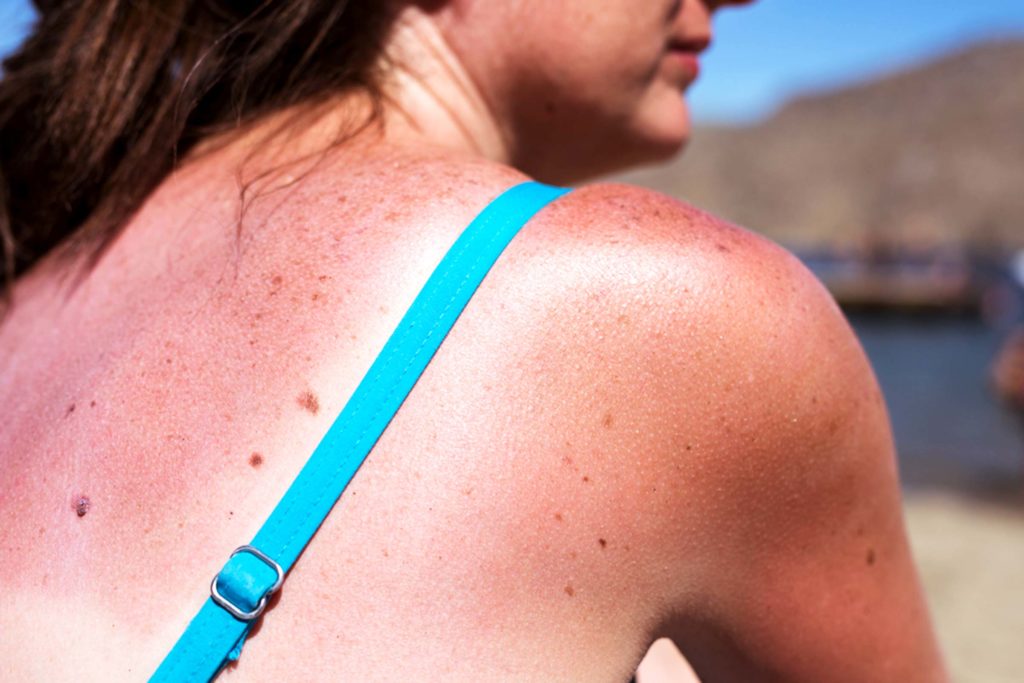If you have suffered from skin cancer previously then you will be at higher risk of developing more skin cancers, therefore it is very important for you to inspect your skin regularly and seek expert advice should you find anything suspicious. It may help to photograph any moles that look unusual, so you can easily check for any changes; this will also help to improve the accuracy of the diagnostic process. If you have multiple moles, you may benefit from having your moles mapped with our new high-tech Mole Scanner.
The aim of this page is to provide you with accurate information about skin cancer, its various types and appearances. If you are concerned that you may have skin cancer, it is very important to seek medical advice, as with all types of cancer, skin cancers are easiest to deal with when they are caught at an early stage. Our Consultant Dermatologists are experts in skin cancer diagnosis and treatment and for the majority of people a consultation can provide rapid reassurance.

The most important risk factors for the development of skin cancer are sun exposure and skin type. In general, the more sun exposure (especially sunburn) and the fairer your skin type (especially those who burn easily and tan with difficulty) the greater your risk of skin cancer. People with outdoor occupations are often at significant risk of suffering from skin cancer because they can be exposed to the sun for long periods of time. Sun bed use especially before the age of 30 has been shown to significantly increase the risk of skin cancer. Skin cancer occurs because the ultraviolet (UV) radiation within sunlight damages the DNA in skin cells and causes uncontrolled growth of abnormal cells. Sun protection is very important in reducing the risk of skin cancer.

Skin cancer is broadly divided into two types: Melanoma and non-melanoma. Non-melanoma skin cancers are common and usually easily cured, whereas melanoma skin cancer is far less common but can be more serious, especially if not caught at an early stage.
There are two main non-melanoma skin cancers: Basal Cell Carcinoma and Squamous Cell Carcinoma.
How can I prevent skin cancer development?
If you are at risk of skin cancer due to excessive sun exposure or if you have previously had treatment for skin cancer, it is extremely important that you protect yourself from the sun to minimise the risk of further skin cancers.
Staying out of the sun all year round is impractical and most often, not possible. Some suggestions on the best ways to protect your skin from overexposure to the sun are as follows:
• Wear clothing that offers good protection against the sun.
• Wear a wide-brimmed hat to protect your face and neck.
• Use sunglasses in strong sunlight.
• Use sun cream with a sun protection factor of at least 30 whenever you are exposed to the sun. Remember to reapply, especially after swimming.
• Avoid sunburn.
• Minimise exposure to the sun during the hottest part of the day, which is usually between 11am-3pm.
• Regularly check your skin for any changes.
